|
by Dark Watcher |
|
|
In the early 1990s, the price and interest in personal computers was not as it used to be. Many companies were converting their
devices into so called video game consoles in order to capitalize on the industry. Apple also fell into this category.
They took their second generation Power Macintosh, slimmed it down to a console like device and then began to license out the
technology similar to what was being done by a company called 3DO. The first company to license the Apple Pippin technology was
Japanese toy and anime publisher Bandai. "Pippin" technology made its debut in Japan in December 1995. Originally Apple and Bandai had intended the Pippin to be a game system that would support other computer functions. Basically, this machine is a Macintosh computer at heart. With a PowerPC 603 RISC CPU, this machine had the potential to produce some amazing graphics and control that could have rivaled the PlayStation had it been properly supported. While its true that Apple planned on marketing this system as a game machine, it was also going to support a large variety of educational software. The apparent failure of the 3DO scared Apple into rethinking this strategy. Apple and Bandai switched gears and decided that this system would be sold as an internet device. At this same time, the Internet was really taking off. Anyone who introduced a product without an internet spin on it would be largely ignored. So, Apple and Bandai re-spun the Pippin as an internet appliance that also played games. That decision didn't work either, because, by the time the Pippin was ready to go, PC prices had dropped even more. |
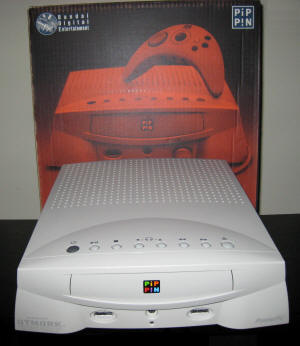 |
|
The Pippin
simply wasn't enough of a price break from a real computer and the public wasn't ready to surf the web from their television sets.
In a last ditch effort, almost unnoticed by everyone, the Pippin was marketed as a set-top-box. Basically, an all-in-one system
that will get you online, do computing tasks and play games. When this reinvention failed, Bandai ceased support for the system
and moved on to another similar project (Sega Netlink). The unit, produced in white for the Japanese market (Pippin ATMARK) and black for the U.S. market (Pippin @WORLD) made a silent disappearance from shelves. Less than 12,000 units were sold in the U.S., and it is believed that as few as 5,000 units were actually sold to consumers. Of those, only a fraction remain. This system, due to its obvious rarity, has become a collectors "Holy Grail" of gaming console hardware. Even if you were lucky enough to buy one, the software is even more difficult to find. If you buy a system, it may remain on the shelf, unused for years, until you can locate any games for it. Since Bandai had a stake in the system, many of their character licenses were made into games. These games are obviously the rarest versions of the game available. FACT: A Norwegian based company called Katz Media released the Pippin in select European markets. The unit retailed from 400 to 550 British pounds. |
|
|
by Marriott_Guy |
|
|
During the early 1990s, many developers flooded the video game console market with attempts at being home multimedia centers -
all-in-one units capable of performing supplementary functions in addition to their primary gaming platform purpose. The
consumer was treated, but at most times disappointed, with releases like the Philips CD-i,
Memorex VIS, Pioneer LaserActive and the
Panasonic 3DO. In 1995, Apple Computer Inc. joined the foray by finishing the development of a system based on a scaled down
version of their System 7 OS. Named the Pippin, Apple followed the 3DO Company's lead by licensing this technology to an outside
manufacturer - Bandai Digital Entertainment. The Bandai Pippin ATMARK was released in Japan in 1995 and was marketed as the first modern hybrid console merging the power of a computer with the ease of a gaming station - as well as integrated network capabilities (hence the connotation in the name). The Pippin was released to the public in four different models:
|
 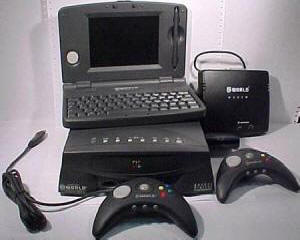 |
|
Technologically, there are basically no differences between the three systems that I am aware of. All come equipped with the
same features and user interface (buttons/ports/etc.). Since all three are the same machine, the consoles will be referred to as the Pippin in the following paragraphs. An attractive piece of hardware, the Pippin weighs in at a hefty 8 lbs and is sturdily built. The user-friendly control panel is featured on the top of this slightly curved console. One keyboard and two ADB (Apple Desktop Bus) controller ports are easily accessible on the front of the system. Being a gaming system that was trying to encompass characteristics of a MAC computer, network connectivity was supported right out of the box with the included 14.4k external modem. Further supporting this all-in-one theme, two serial ports (modem/printer), a PCI compatible expansion slot and a keyboard / writing tablet were standard on all units. The surprisingly fast 4x CD-ROM drive performed far better than the its competitors (the Sony PlayStation, released the same year, only had a 2x Max drive). The hard plastic chassis encompasses a mini-MAC under its hood. The PowerPC 603 RISC microprocessor ran at 66MHz and was supported by 6 MB of RAM memory (shared between the system and video output) and 128 KB of internal NVRAM. Both 8 bit and 16 bit video is supported and graphics are displayed 16.7M colors. Audio is delivered in full 16-bit stereo (44 kHz sampled output). At the time, the Bandai Pippin was technically a very powerful machine compared to the main competition at the time - 3DO, Philips CD-i and the Sony PlayStation. The important question - How was all of this muscle and power put to use in game development? The answer - not very well. |
|
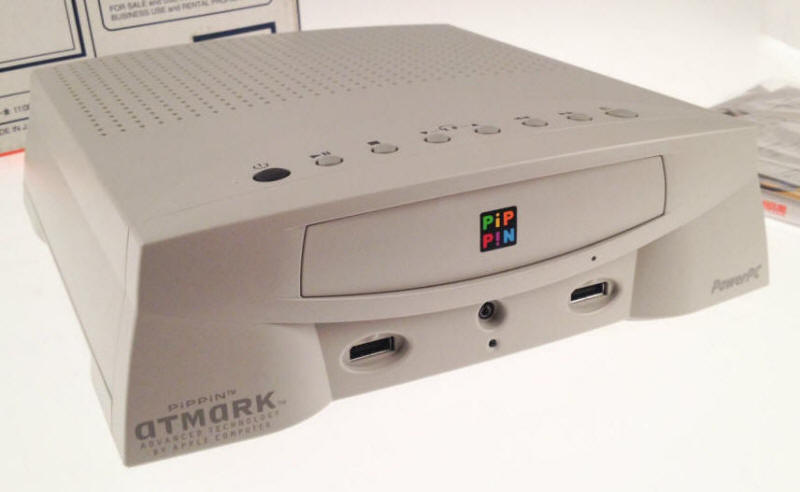 |
|
|
The Bandai Pippin ran games using an abbreviated MAC System 7 OS (operating system), which was actually included on every compatible
CD. Small updates to the core system files (stored in the NVRAM) were delivered and included on respective new title releases.
Like the Sony PlayStation, there is a boot sequence that performs an authentication process to validate CDs. Small, but
efficient banana-styled wired game controllers feature an analog D-pad, 4 color-coded action buttons and a centrally located
mouse-like roller. The Bandai Pippin combined Japan/USA library consists of approximately 85 titles - mostly edutainment
offerings with a sprinkling of games. The console was packed with usually 6 additional applications, coupled with a web browser
application to allow internet website viewing on your television. This was a first for a video game console - WebTV type access
and the possibility of online gaming. Unfortunately, very few titles were available at the time of its release and
incompatibility with existing MAC software was just one of many nails in the coffin for this system. The Bandai Pippin, though technologically superior at the time, failed miserably on many levels. The first error was the positioning of this console within the market - a multimedia, mini-MAC, internet ready, gaming machine. Though the ambitious nature of their goals should be commended, the Apple R&D team on a whole should not. The general population was not yet ready to embrace this type of all-in-one unit. The internet at that time was not considered the 'utility' as it is today. As detailed earlier, lack of first\third party software support and compatibility was also an issue. Then there was the initial price tag - $599 USD. This put the Bandai Pippin out of reach for the majority of the buying public. With the price of computers dropping due to rapid advances in technology, this all-in-one unit was quickly an out-dated piece of hardware when it was released. Going against the Sony PlayStation (amongst others) did not help either. Only around 5,000 units were actually sold in the USA, though the system did fare just a bit better in Japan. In fact, more peripheral devices were manufactured (and since sold off for parts) than actual consoles produced. |
|
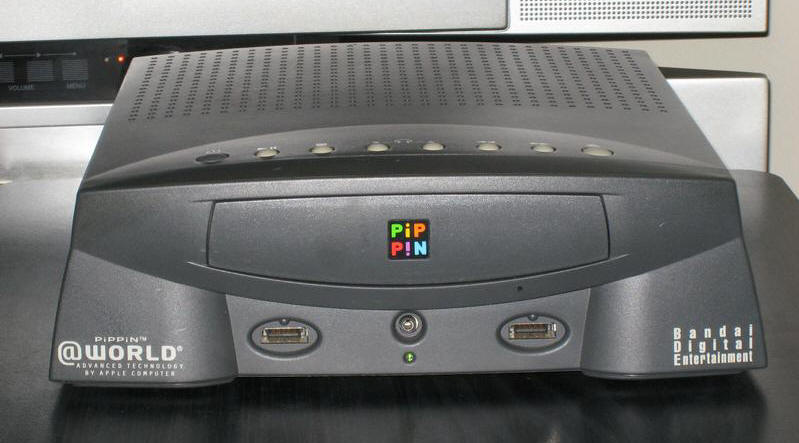 |
|
|
Overall, the Bandai Pippin was a more powerful and technically capable machine in 1995 compared to the eventual juggernaut Sony
PlayStation - if it had competed as a pure gaming console. Poor market strategy and positioning, coupled with an attempt to
drive an internet\computer hybrid console to a still technologically adolescent market was the primary downfall. The foundation
and inspiration of online gaming and the network\internet realities we now see from the current generation of consoles (Microsoft Xbox
360, Sony PlayStation 3 and the Nintendo Wii) can be attributed in part to the Bandai Pippin. This console is recommended for console collectors only. Though produced in limited quantities, the Bandai Pippin is available through auction sites and private sellers. The original white Japanese ATMARK (white) is not hard to locate but the black version (unsold @WORLD units from the USA that were modified/rebranded for the Japanese market)) is much more difficult to acquire. The @WORLD system is the most desirable of the standard retail models due to its low production run, but this uniqueness will set you back quite a few greenbacks. I have never seen the Katz Media Player (KMP 2000) actually for sale, but know a person that has acquired one through a private trade. I would hate to even ask what he had to fork over to net that rare bird. |
|
 TOP
HAT TAKE TOP
HAT TAKEby Top Hat Gaming Man (Guest Video Contributor) |
|
|






 2010s - NOTES
2010s - NOTES


 MODELS
MODELS

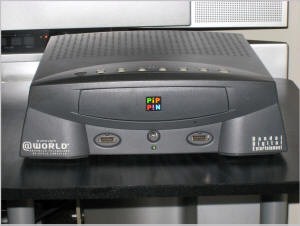
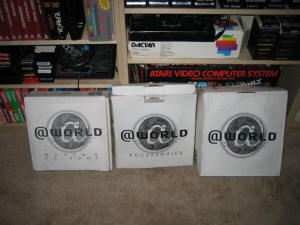
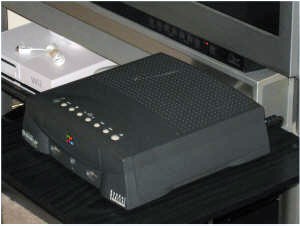
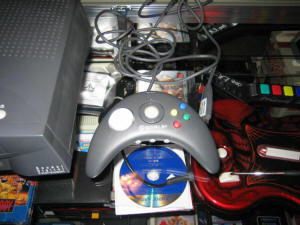
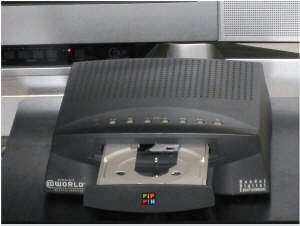
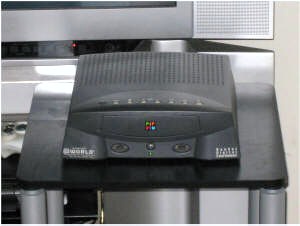
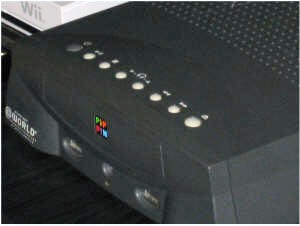
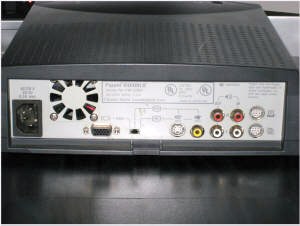
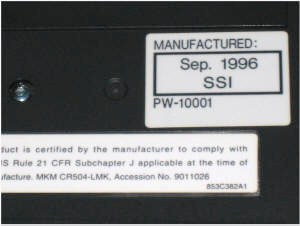

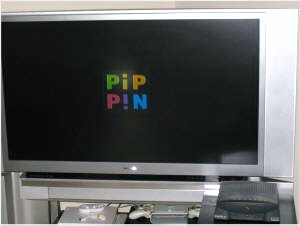
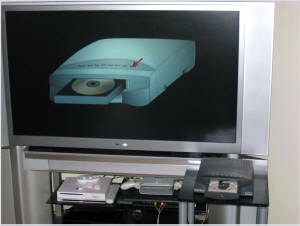
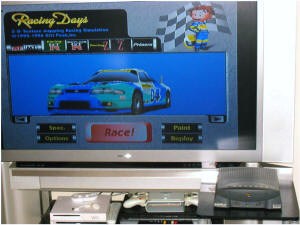
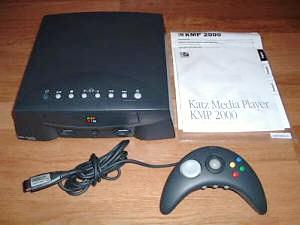
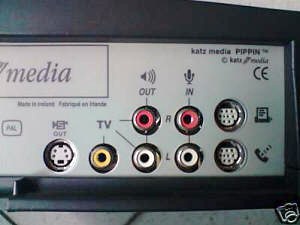
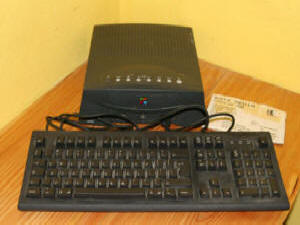
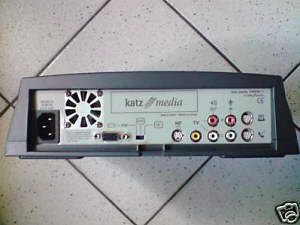
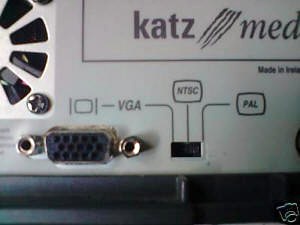
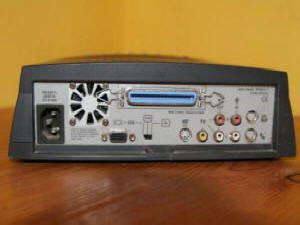
 CLONES
CLONES CONSOLE RATINGS
CONSOLE RATINGS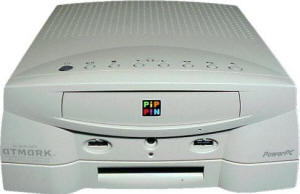
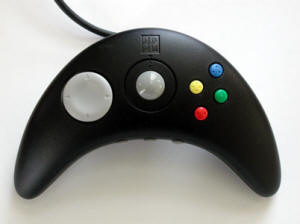
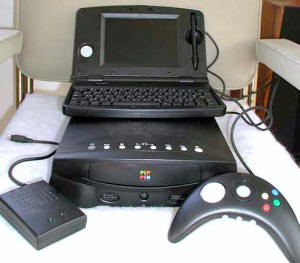
 FORMAT, PACKAGING & GENERAL INFO
FORMAT, PACKAGING & GENERAL INFO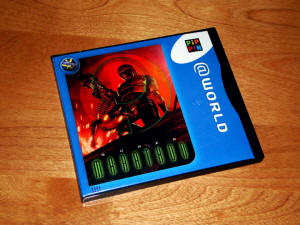
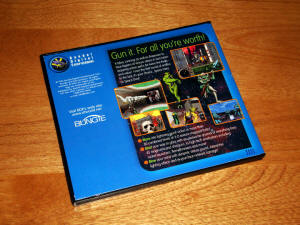
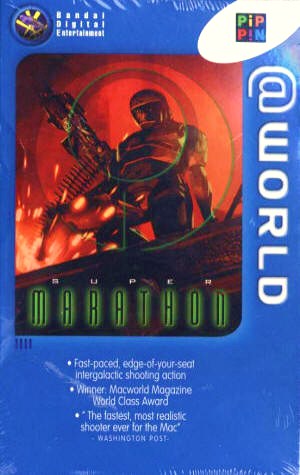

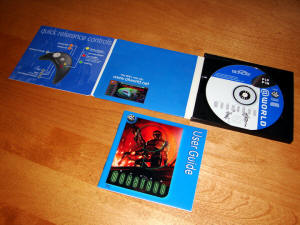



 SCREENSHOTS
SCREENSHOTS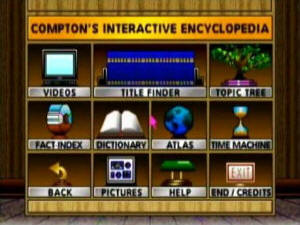
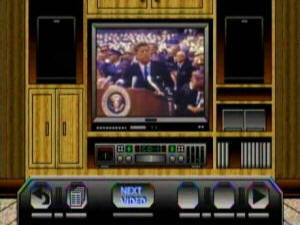

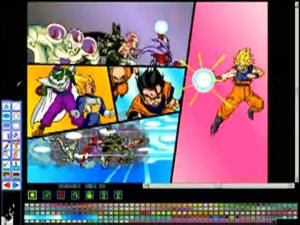
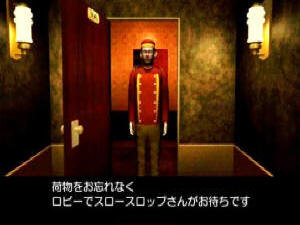
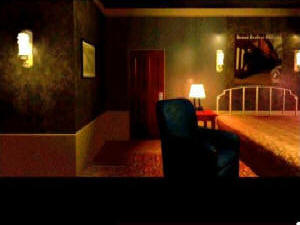
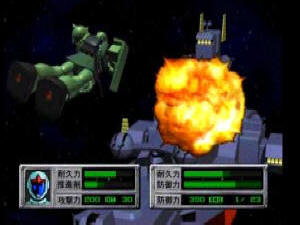
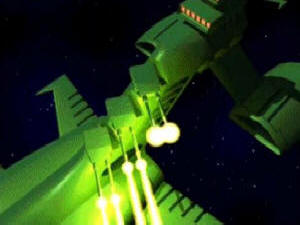
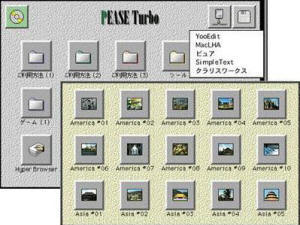
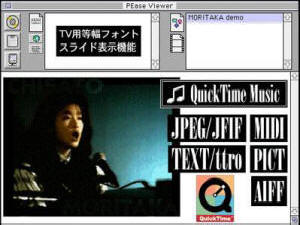
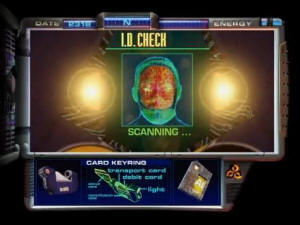
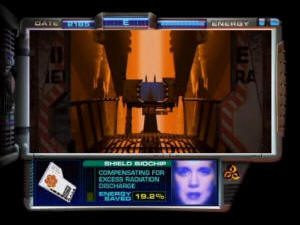
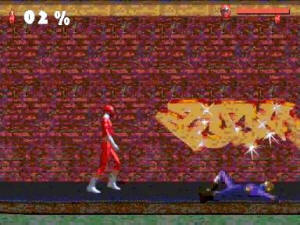
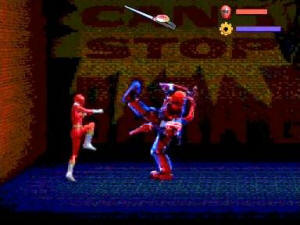
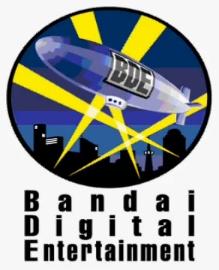

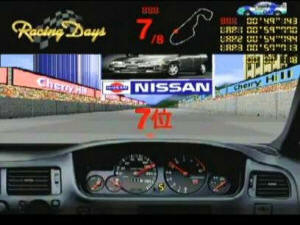
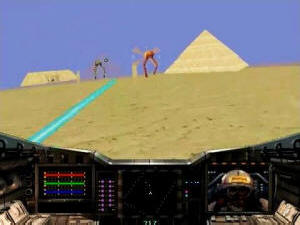
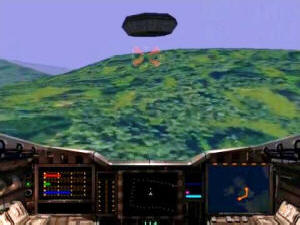
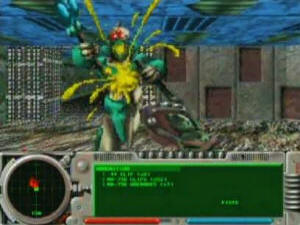
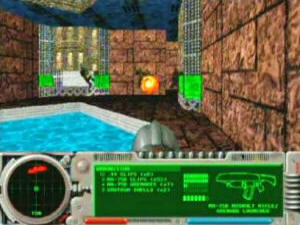


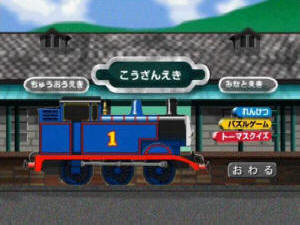
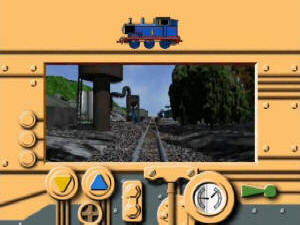
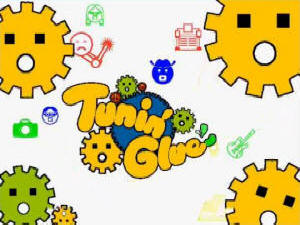
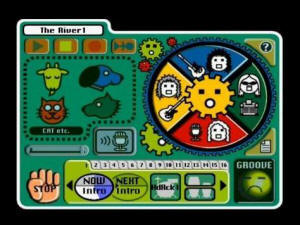
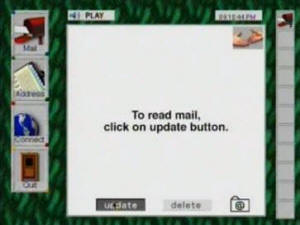
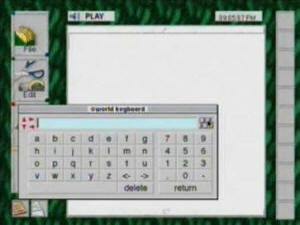
 EMULATION
EMULATION SPECS & MANUALS
SPECS & MANUALS OTHER
MEDIA
OTHER
MEDIA
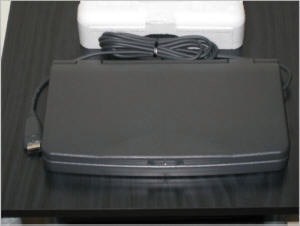
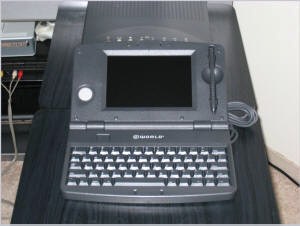
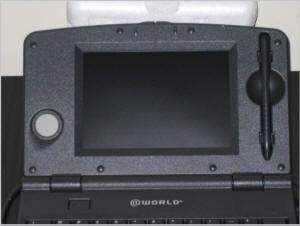
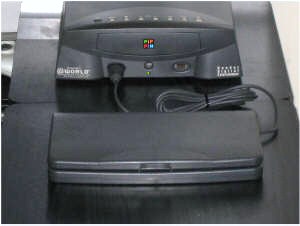
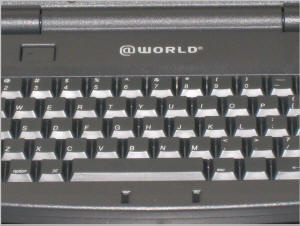
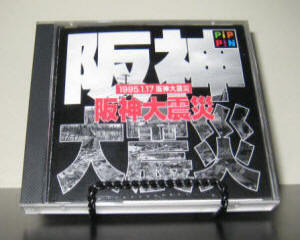
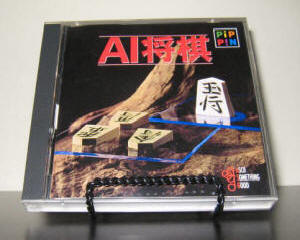

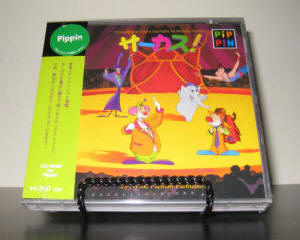

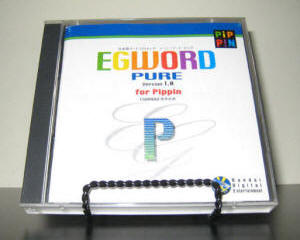
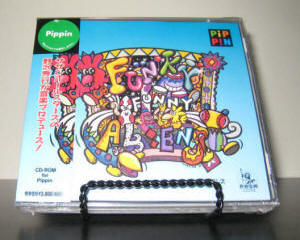

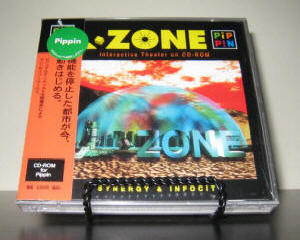






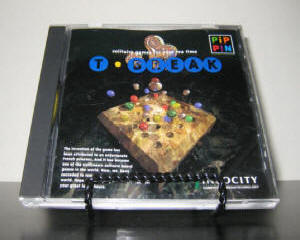
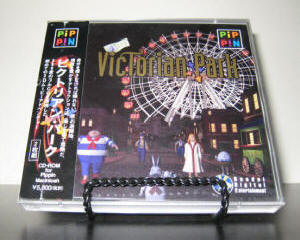
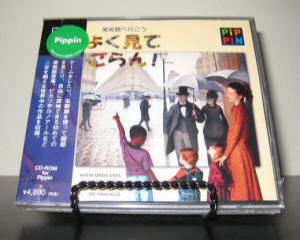
 WEB RESOURCES
WEB RESOURCES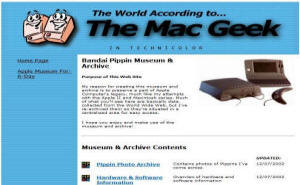
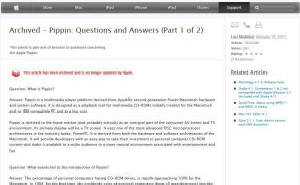
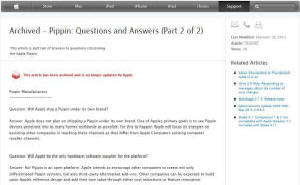
 DISCUSS
DISCUSS